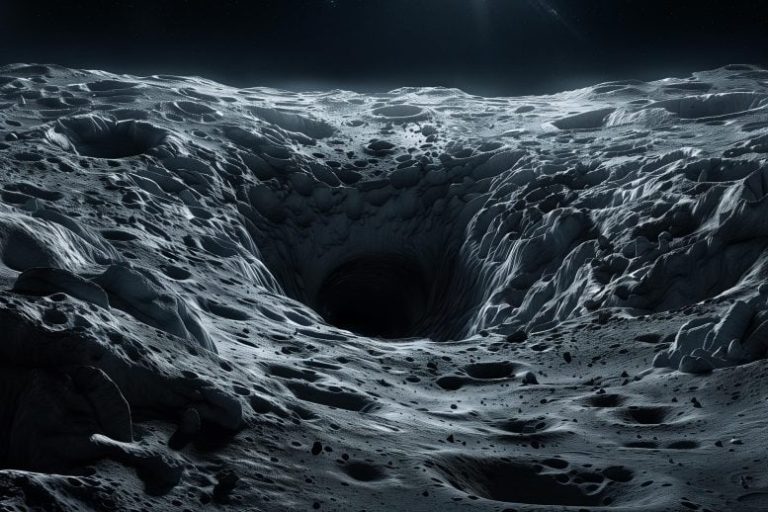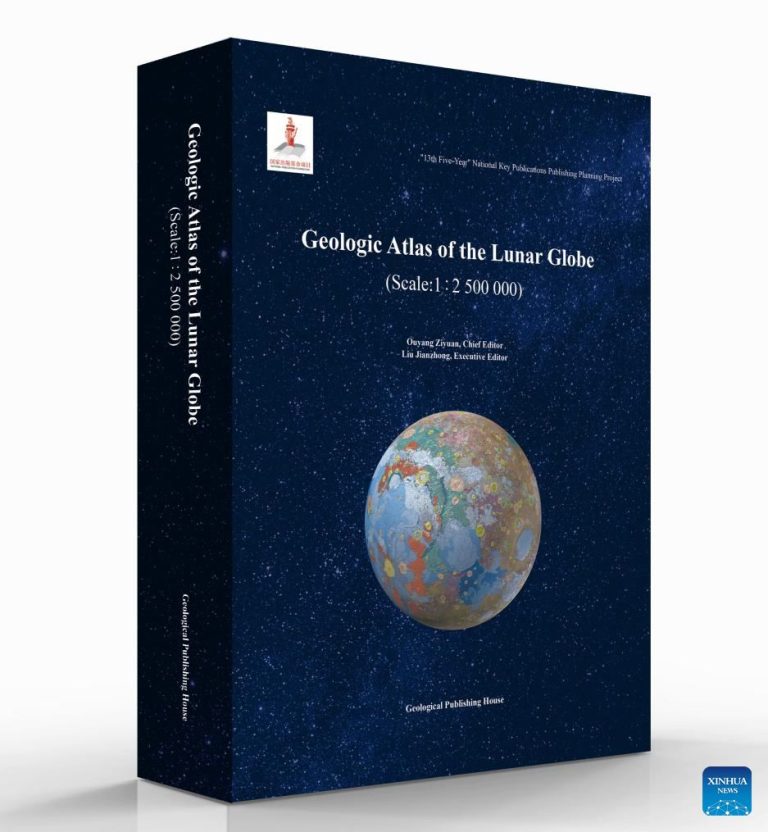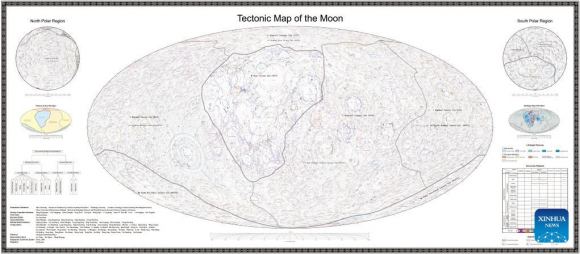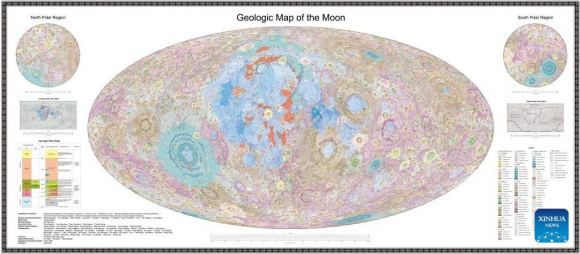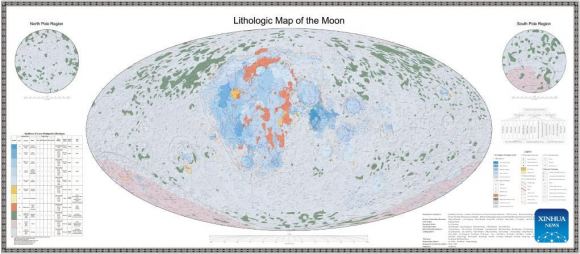NASA’s Lunar Orbiter Discovers Hidden Tunnels Beneath the Moon’s Surface
Key Takeaway
NASA’s Lunar Reconnaissance Orbiter (LRO) has discovered hidden tunnels beneath the Moon’s surface, specifically in the Mare Tranquillitatis region. This discovery confirms long-standing theories about lunar lava tubes and has significant implications for future lunar exploration and habitation.
Summary
- Discovery: Hidden tunnels beneath the Moon’s surface confirmed by NASA’s LRO.
- Region: Mare Tranquillitatis.
- Instruments Used: Miniature Radio-Frequency (Mini-RF) instrument on LRO.
- Lead Research: University of Trento, Italy.
- Study Published: July 15, in Nature Astronomy.
- Technology: Advanced radar signal processing techniques.
- Significance: First direct evidence of an accessible lava tube on the Moon.
- Implications: Potential safe sites for future lunar infrastructure.
- Temperature Extremes: Surface temperatures range from 127°C (261°F) to -173°C (-279°F).
- Radiation: Cosmic and solar radiation 150 times stronger than on Earth.
- Funding: Partially by the Italian Space Agency.
- Contributing Institutions: University of Padua and La Venta Geographic Explorations APS.
- Research Benefits: Addresses fundamental questions for science and exploration.
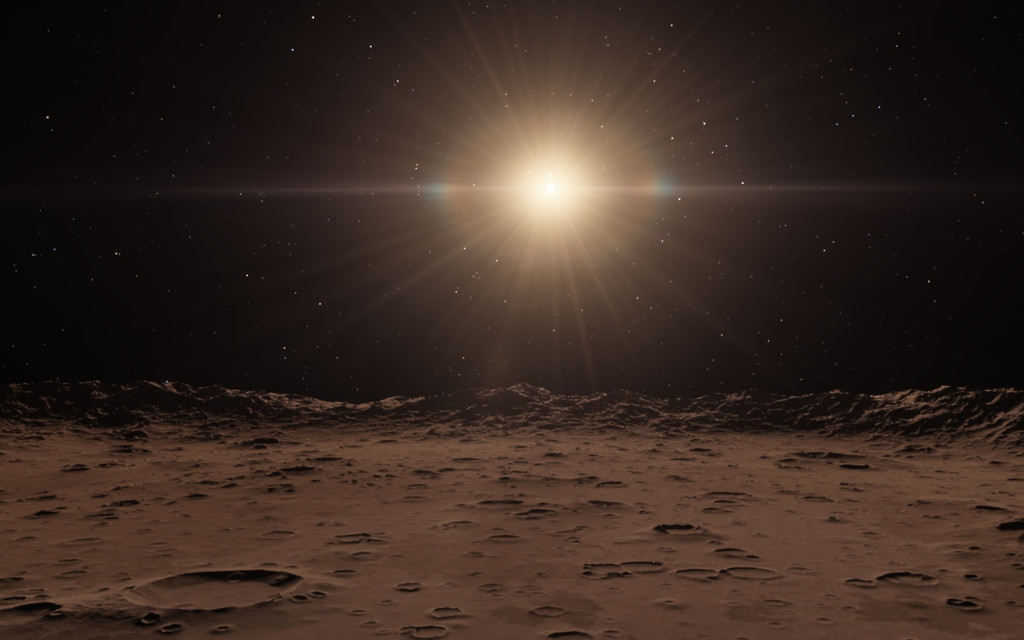
NASA’s Lunar Orbiter Discovers Hidden Tunnels Beneath the Moon’s Surface
The presence of conduits below the lunar surface has been theorized and extensively debated for at least 50 years. The analysis of NASA Lunar Reconnaissance Orbiter (LRO) radar data reveals what lies below the Mare Tranquillitatis. A team of international scientists, led by the University of Trento, Italy, has published a research study making a milestone discovery about the Moon. For the first time, scientists have demonstrated the existence of a tunnel in the lunar subsurface, which appears to be an empty lava tube. The research study was published on July 15, 2024, in the journal Nature Astronomy and is the result of an international collaboration.
Evidence of Lunar Caves
“These caves have been theorized for over 50 years, but it is the first time ever that we have demonstrated their existence,” explains Lorenzo Bruzzone, professor at the University of Trento. How was this demonstration achieved? Bruzzone explains: “In 2010, as part of the ongoing LRO NASA mission, the Miniature Radio-Frequency (Mini-RF) instrument acquired data that included a pit in Mare Tranquilitatis. Years later, we have reanalyzed these data with complex signal processing techniques we have recently developed and discovered radar reflections from the area of the pit that are best explained by an underground cave conduit. This discovery provides the first direct evidence of an accessible lava tube under the surface of the Moon.”
Techniques and Technology in Lunar Research
“Thanks to the analysis of the data we were able to create a model of a portion of the conduit,” continues Leonardo Carrer, a researcher at the University of Trento. “The most likely explanation for our observations is an empty lava tube.” The Mini-RF principal investigator, Wes Patterson, from the Johns Hopkins Applied Physics Laboratory adds, “This research demonstrates both how radar data of the Moon can be used in novel ways to address fundamental questions for science and exploration and how crucial it is to continue collecting remotely sensed data of the Moon. This includes the current LRO mission and, hopefully, future orbiter missions.”
Implications for Lunar Exploration
The study, partially funded by the Italian Space Agency, also involved researchers from the University of Padua and La Venta Geographic Explorations APS, who contributed to the geological analyses and the modeling of the identified conduit. The study has scientific importance and implications for the development of missions to the Moon, where the environment is hostile to human life. Surface temperatures on the illuminated side of the Moon can reach 127°C (261°F), while temperatures on the unilluminated side can drop to -173°C (-279°F). Cosmic and solar radiation can be as much as 150 times more powerful on the lunar surface than we experience on Earth, and there is a constant threat of meteorite impact. These conditions drive a need to find safe sites for the construction of infrastructure that can support sustained exploration. Caves such as this one offer a solution to that problem.
The Significance of the Discovery
This discovery is a significant milestone in lunar exploration. The existence of these lava tubes provides potential safe havens for future lunar bases, offering protection from the harsh surface conditions. The temperature extremes and high radiation levels on the lunar surface make it challenging for sustained human presence. However, the stable environment within these lava tubes could mitigate these challenges, providing a controlled setting for habitation and other activities.
Future Prospects and Missions
The confirmation of lunar lava tubes opens new avenues for future missions. These tunnels could be explored further to understand their extent, structure, and potential for use. Future lunar missions could focus on detailed mapping and exploration of these tunnels, assessing their suitability for various purposes, including habitats, research stations, and storage facilities.
The Role of Technology in the Discovery
The discovery was made possible through the use of advanced radar technology and signal processing techniques. The Mini-RF instrument on the LRO played a crucial role in this discovery. The data collected by the Mini-RF were reanalyzed using newly developed signal processing techniques, which allowed the team to detect the radar reflections indicative of an underground cave conduit. This technological advancement highlights the importance of continued innovation and development in space exploration tools and methods.
International Collaboration in Lunar Research
The research study is a testament to the power of international collaboration. Scientists from various institutions and countries worked together to achieve this milestone discovery. The collaboration between the University of Trento, the University of Padua, La Venta Geographic Explorations APS, and the Johns Hopkins Applied Physics Laboratory demonstrates the global nature of space exploration and the collective effort required to make significant advancements.
The Geological Perspective
From a geological perspective, the discovery of lunar lava tubes offers insights into the Moon’s volcanic history. These tubes are formed by flowing lava that cools and solidifies on the surface while the molten lava continues to flow beneath, eventually leaving behind an empty tube. Understanding these structures can provide valuable information about the Moon’s volcanic activity and its geological evolution.
Practical Applications of Lunar Lava Tubes
The practical applications of lunar lava tubes extend beyond habitation. These tunnels could serve as natural shelters for scientific instruments, protecting them from the extreme temperatures and radiation on the lunar surface. They could also be used for storing supplies and equipment, ensuring their longevity and functionality. Moreover, these tunnels could play a role in future resource extraction activities, providing access to lunar materials with minimal exposure to the harsh surface conditions.
Quotes from the Research Team
Lorenzo Bruzzone, professor at the University of Trento, emphasized the significance of the discovery: “These caves have been theorized for over 50 years, but it is the first time ever that we have demonstrated their existence.” Wes Patterson, from the Johns Hopkins Applied Physics Laboratory, highlighted the importance of continued data collection: “This research demonstrates both how radar data of the Moon can be used in novel ways to address fundamental questions for science and exploration and how crucial it is to continue collecting remotely sensed data of the Moon.”
Conclusion
The discovery of hidden tunnels beneath the Moon’s surface is a groundbreaking achievement in lunar exploration. The confirmation of lunar lava tubes provides new opportunities for future missions and the potential for safe, sustainable habitation on the Moon. This discovery underscores the importance of international collaboration, technological innovation, and continued exploration to unlock the mysteries of our celestial neighbor.
Tables
Table 1: Key Facts about Lunar Lava Tubes
| Feature | Description |
|---|---|
| Formation | Formed by flowing lava beneath the Moon’s surface |
| Location | Mare Tranquillitatis, other volcanic regions on the Moon |
| Environmental Benefits | Protection from extreme temperatures and high radiation levels |
| Potential Uses | Habitats, scientific instrument shelters, storage facilities, resource extraction |
Table 2: Environmental Conditions on the Moon
| Condition | Daytime (Illuminated Side) | Nighttime (Unilluminated Side) |
|---|---|---|
| Temperature | 127°C (261°F) | -173°C (-279°F) |
| Radiation Exposure | 150 times stronger than Earth | 150 times stronger than Earth |
| Meteorite Impact Threat | Constant | Constant |
References
- “Radar evidence of an accessible cave conduit on the Moon below the Mare Tranquillitatis pit” bhttps://www.nature.com/articles/s41550-024-02302-yy Leonardo Carrer, Riccardo Pozzobon, Francesco Sauro, Davide Castelletti, Gerald Wesley Patterson, and Lorenzo Bruzzone, published on July 15, 2024, in Nature Astronomy. DOI: 10.1038/s41550-024-02302-y
- NASA’s Lunar Reconnaissance Orbiter: NASA’s LRO

